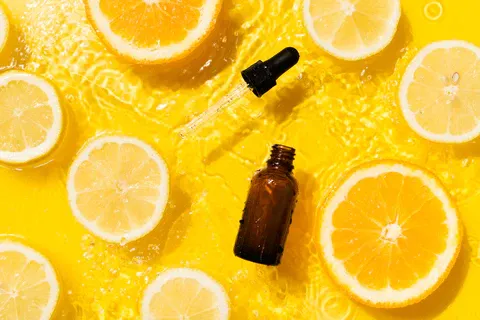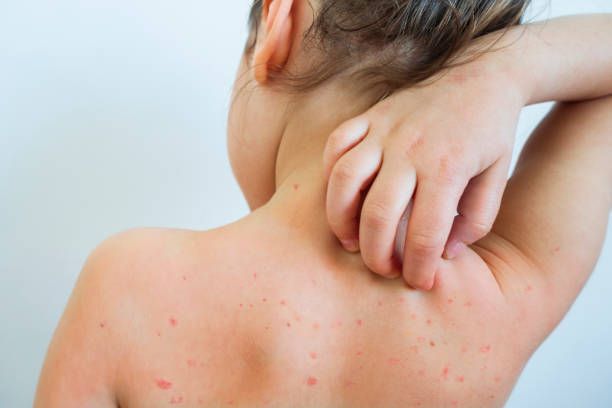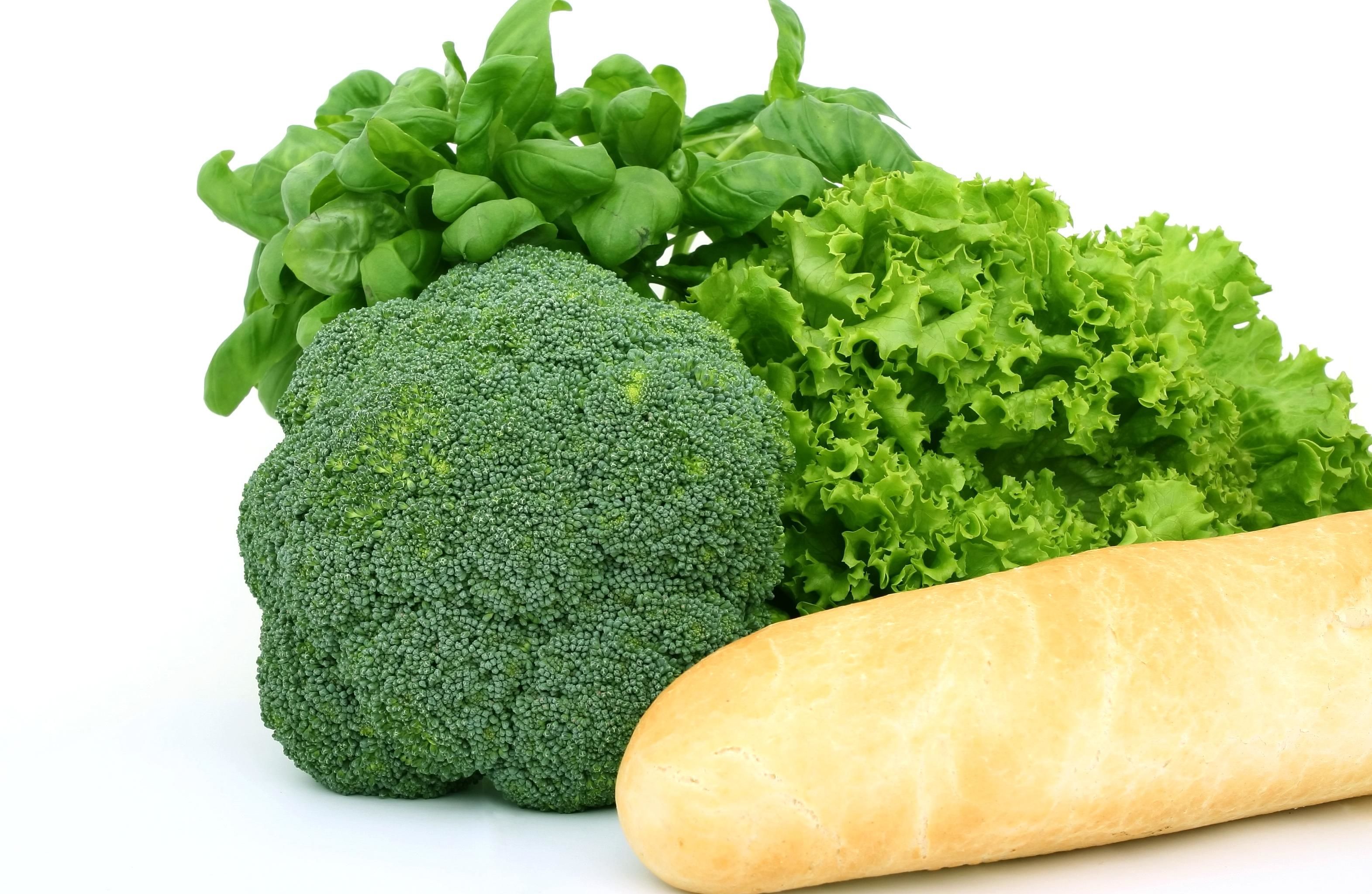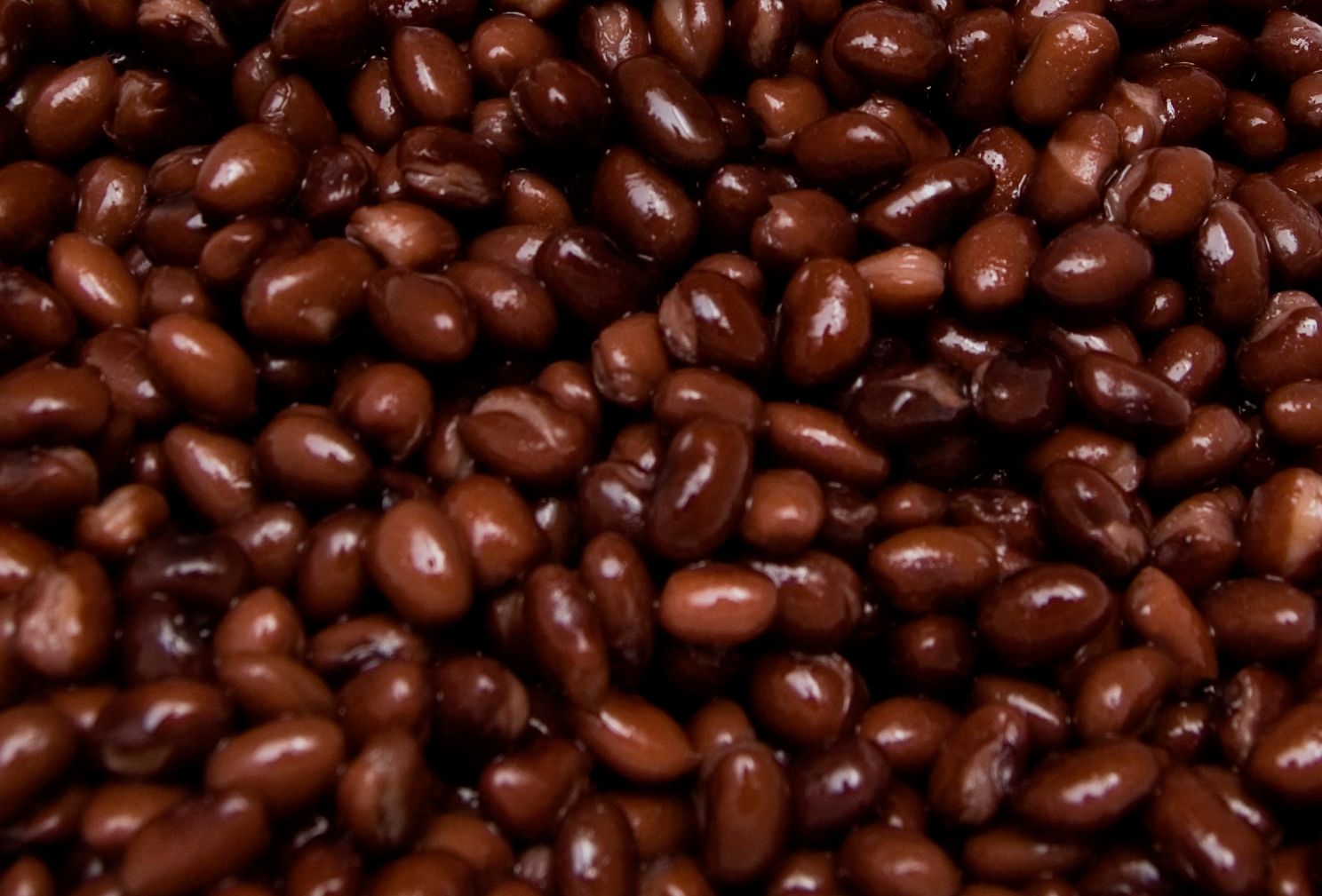
Don't Roast Your Baby: The Prickly World of Infant Heat Rash
- Jul 28, 2024
Heat rash, also known as miliaria or prickly heat, is a nuisance known all too well amongst parents and babies alike. A common rash caused by pesky blocked and swollen sweat glands, it picks no favorites, wreaking its tiny blister havoc on anyone, regardless of age. However, it's most common in newborns, who are yet to boast fully developed sweat glands. Overheating in humid weather or extreme exposure to the sun act like VIP invites for these unwelcomed guests.
Heat rash displays as a raised, pimple-like eruption with minuscule, fluid-filled blisters housing trapped sweat. Often, these bumps set camp on the neck, chest, and upper back region. Lighter skin tones might display it as red spots, while in darker skin, they might appear darker than the surrounding skin – a sort of unwanted body art. They often cause itchiness and a prickly sensation akin to an army of ants marching on your skin.
Figuring out whether your pint-sized human is dealing with heat rash or if it's a more serious skin shenanigan is critical. Crucial to this is understanding what baby heat rash feels and looks like, how to treat it, prevent it, and suitably dress your baby when it strikes.
Heat rash generally appears like a cluster of small raised spots, potentially with mild swelling, colored pink or dark depending on your baby's skin tone. Each bump might be filled with clear or milky paparazzi-attracting fluid and they typically grace areas like the neck, armpits, chest, back, or groin.
The good news? Heat rash generally decides to pack its bags and leave within three days after respite from the heat. However, it's prudent to seek medical attention if three days elapse without any sign of improvement. It's equally important to call your healthcare provider if you notice other symptoms apart from the rash or if you're unsure about the nature of the rash.
The feel of heat rash can range from itchiness to a prickly sensation. However, it's important to know that baby rashes are common, so don't hit the panic button just yet. A rash accompanied by fever could mean different conditions like Roseola or measles, while an itchy rash could mean eczema or hives.
Now, while complications from heat rash might be rarer than a kale smoothie in a fast-food joint, they are still possible. To spare your baby some discomfort while nursing heat rash back to oblivion, take measures to keep your baby cool. Think light clothing, a cooler environment, soothing cool baths. Steer clear of oils and ointments unless recommended by your doctor.
Overdressing your baby is like serving an all-you-can-eat buffet to heat rash. Just as you wouldn't wear a parka in a desert, your baby shouldn't be overdressed for the temperature. Your little one might have cool hands and feet, but their overall comfort is paramount. Restrict clothing to what is comfortable for the temperature, and ensure it is light in weight and color. Babies who breastfeed may get a rash from contact with the nursing parent's skin, so keep their face cool and dry.
Like a determined stalker, heat rash might sometimes breach the fortress of preventive measures. However, keeping them suitably cool, dressing them lightly, and ensuring cool baths can help prevent this unsightly visitor. Don't hesitate to consult a healthcare provider if you have any concerns about your child's symptoms. In this prickly world of infant heat rash, knowledge is your power, and discretion is your secret weapon. Keep calm, and kale on!






